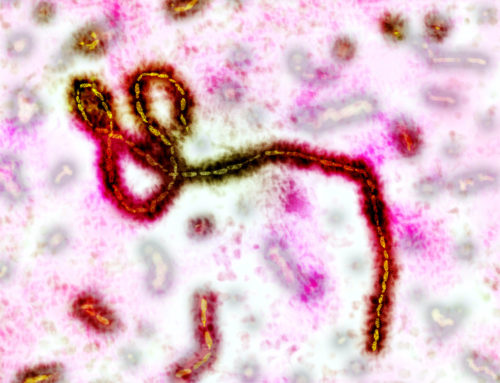Biology knows a comparatively young discipline, the so-called glycobiology. Anyone who suspects something sweet here is right. As essentially molecular biological, she examines the processes that are linked to the attachment, modification or detachment of sugar structures in living cells. The biological functions of such structures have only emerged in recent decades. Before that, sugar appendages of proteins or fats were considered to be comparatively insignificant. On the one hand, this is due to the fact that the triumphal advance of genetics, with its perhaps often one-sided focus on DNA and proteins as the only unique classes of molecules, did not at least delay the investigation of sugar structures in cells, but at least delayed it.
On the other hand, very few laboratories worldwide have access to the often expensive analysis technology, which can only be operated by specialists, such as mass spectrometry, gas or high pressure liquid chromatography, capillary electrophoresis or NMR spectroscopy.
When deciphering the secrets of life, sugar molecules are increasingly coming into focus: numerous processes in and on living cells are controlled or at least influenced by sugar molecules: For example, flu viruses only infect cells that have very specific sugar molecules on their surface. Still other cells identify themselves via the sugar structures in their cell membrane and are recognized by other cells. This also enables them to perform specific functions during embryonic development or to reach specific locations in the embryo. The difference in blood groups is, in addition to the three-dimensional shape of proteins, also essentially due to sugar chains. Some cancer cells have sugar chains that distinguish them from other cells. Even if it is not always clear whether these sugars are responsible for the dangerousness of these cancer cells, knowledge of such molecules nevertheless enables specific labeling and thus offers therapeutic opportunities.
A well-studied phenomenon now concerns the shelf life of proteins in the body: proteins that circulate in the blood often contain long chains of strung and branched sugar, which have a very specific type of sugar at their extreme ends. This protects them from breakdown in the liver. If these protective sugars are cut off by enzymes in the body, they lose protection because receptors on the liver cells can bind specifically to the remaining shortened sugar chains. The half-life of a protein, i.e. the length of time it stays in the body, can be influenced by glycosylation, i.e. the attachment of sugars. It is precisely this fact that is now being exploited in biotechnologically manufactured drugs (which are often themselves glycoproteins) by artificially improving their stability in the body by attaching sugars to their extreme ends.




